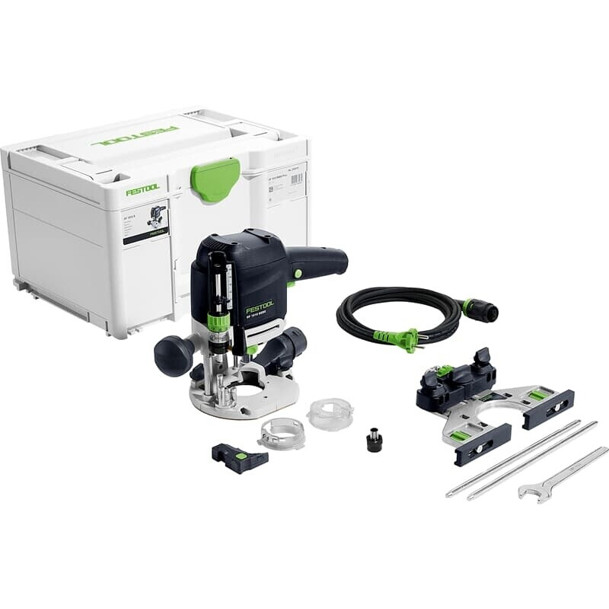Understanding the Binder Joiner Test 2025: A Comprehensive Guide
As the production market progresses, the requirement for standardized testing has become vital to make sure quality and efficiency. The Binder Joiner Test 2025, set to present in the future, guarantees to simplify producing procedures and enhance item consistency across numerous sectors. This article aims to supply you with an extensive understanding of the Binder Joiner Test 2025, its significance, methodology, and essential takeaways.
What is the Binder Joiner Test?
The Binder Joiner Test (BJT) is a standardized procedure developed to assess the quality and stability of binding products used in signing up with elements, especially in the woodworking and construction markets. trivox-versand presents modernized testing strategies that reflect the most recent developments in product science and engineering.
Significance of the Binder Joiner Test
The Binder Joiner Test is crucial for several reasons:
- Quality Assurance: It guarantees that bonding products can hold up against the stresses and loads anticipated in real-world applications.
- Standardization: The test produces an uniform benchmark for producers, enhancing item competitiveness.
- Security: Properly evaluated and confirmed joints avoid structural failures, therefore making sure security for end-users.
- Sustainability: The test motivates making use of eco-friendly binding materials by evaluating their effectiveness.
Binder Joiner Test 2025: The Expanded Framework
The BJT 2025 introduces notable changes to its predecessor, focusing on 3 core areas: products, screening procedures, and assessment criteria. The following table summarizes the upgraded structure.
| Element | Previous Test (2020 ) | BJT 2025 |
|---|---|---|
| Materials | Minimal choices | Large range with environmentally friendly choices |
| Evaluating Procedures | Manual evaluations | Automated and digital techniques |
| Examination Criteria | Standard performance | In-depth efficiency metrics, including longevity and ecological effect |
Method of the Binder Joiner Test 2025
The Binder Joiner Test employs a strenuous method to evaluate binding products in a structured manner. Here's an introduction:
Step 1: Sample Preparation
- Choice of Materials: Choose appropriate binding agents and substrate materials that are representative of the end products.
- Conditioning: Samples need to be conditioned to standardized temperature and humidity levels to ensure constant testing conditions.
Step 2: Joining Process
- Application of Binder: Apply the binder according to manufacturer standards.
- Treating: Allow the adhesive to treat fully based on the defined time requirements, which might vary depending upon the binder type.
Action 3: Testing Procedures
- Shear Strength Testing: Measure the shear strength of the bonded product utilizing hydraulic presses that use gradual pressure up until failure occurs.
- Toughness Assessment: Conduct cyclic loading tests that mimic real-life conditions over extended periods.
- Effect Resistance: Assess how well the bond can hold up against abrupt impacts or tension shocks.
Step 4: Evaluation and Reporting
- Information Collection: Test results are tape-recorded digitally for accuracy.
- Performance Metrics Analysis: Compare results versus the predetermined criteria to assess efficiency.
- Reporting: Produce a thorough report detailing findings, efficiency ratings, and compliance with industry standards.
Secret Features of the Binder Joiner Test 2025
The BJT 2025 has numerous crucial functions designed to enhance the overall screening experience and results:
- Integration of AI: The addition of Artificial Intelligence for predictive analysis based on testing data.
- Digital Reporting: Automated reporting systems that allow quicker analysis of information.
- Comprehensive Database: A central database of results that market specialists can access to compare products.
Regularly Asked Questions (FAQ)
1. Who must adhere to the Binder Joiner Test 2025?
Producers that produce bonded products, particularly in woodworking, building and construction, and related sectors, need to comply with the Binder Joiner Test 2025.
2. What are the main materials evaluated?
The BJT 2025 tests a range of binding representatives including however not limited to, PVA (Polyvinyl Acetate), epoxy resins, and polyurethane adhesives.
3. How typically should products be evaluated?
It is advised that items go through testing every production cycle, specifically when there is a change in products or production processes.
4. What repercussions come from failing the test?
Failure to fulfill the BJT 2025 requirements can result in product remembers, loss of market reputation, and possible legal ramifications if safety standards are not kept.
5. Can business influence the testing requirements?
Market feedback is encouraged, and business can recommend enhancements to the screening criteria through authorities channels taken part in keeping the standards.
The impending execution of the Binder Joiner Test 2025 signifies an appealing transition toward more strenuous screening requirements in the bonding materials market. Comprehending its framework, significance, and approach can gear up manufacturers and stakeholders with the understanding required to adapt to these modifications effectively. As the industry gets ready for this improvement, staying notified will be necessary for success in an increasingly competitive market.
The adoption and compliance with the Binder Joiner Test 2025 might well change product production, contributing not only to improved security and quality but likewise to sustainable practices that benefit future generations.

